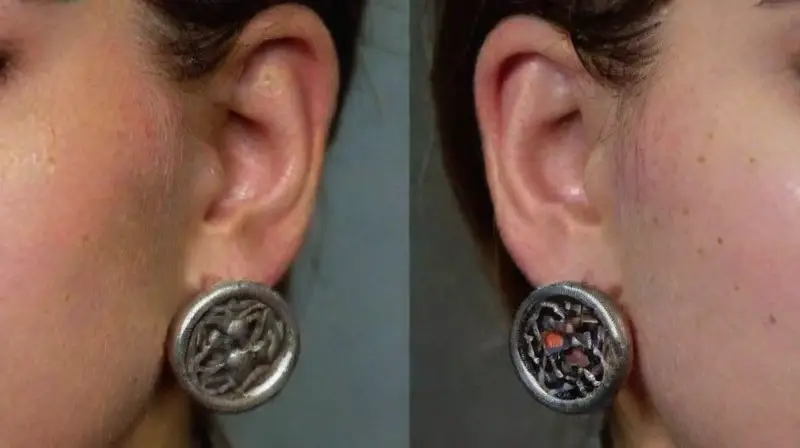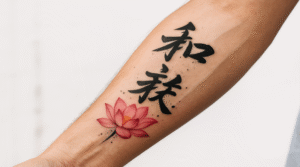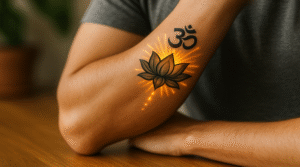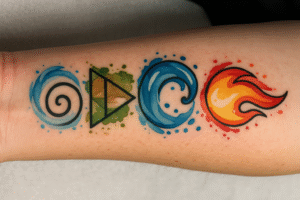Throughout history, body piercings have served more than just aesthetic purposes; they often hold deep cultural and spiritual significance. Many societies have adopted piercing traditions as symbols of protection, warding off evil spirits or bad luck. These practices reflect a universal desire for safety and well-being, expressed through the body’s adornment.
Across diverse cultures, piercings are believed to channel positive energies or repel negative influences. From ancient tribes to modern communities, the symbolism attached to body modifications continues to evolve, yet the core idea of safeguarding oneself remains prominent. Understanding these cultural practices offers insight into their enduring importance.
Ancient Tribes and Protective Piercings
Many ancient tribes used piercings as a form of spiritual protection. For example, some African groups believed that piercing specific areas of the body could protect individuals from malevolent spirits. These rituals were often accompanied by prayers or ceremonies to invoke divine favor.
In these cultures, piercings also signified social status and identity. They reinforced community bonds and served as a safeguard against external threats. The materials used, such as bones or metals, were often chosen for their believed protective qualities.
Additionally, tribes believed that certain symbols or patterns embedded in piercings could enhance their power. These markings were not random but meticulously designed to align with celestial or spiritual energies, creating an armor of protection around the wearer.
Mythological and Religious Significance
Religious beliefs have long intertwined with practices of body modification, especially piercings. Many mythologies associate specific body markings or piercings with divine protection. In Hindu traditions, for instance, ear piercings symbolize a connection to divinity and spiritual guardians.
Similarly, in Norse culture, piercings and tattoos often represented protections against evil and were believed to invoke the favor of gods. Sacred symbols like runes or amulets were inscribed to ward off harm during battles or dangerous journeys.
Religious rituals frequently involve piercing as a sacrament or rite of passage, believed to grant divine benevolence to the individual. These acts bind the individual to spiritual forces that serve as shields against negative influences.
Cultural Jewelry and Amulets in Piercings

Many cultures incorporate jewelry and amulets in their piercing rituals to enhance protection. For example, the use of clove or turquoise in ear or facial piercings is believed to absorb negative energies.
These objects often carry symbolic meanings—aside from their aesthetic value—believed to amplify protective qualities. They are sometimes blessed during ceremonies to strengthen their power against harm.
In some societies, piercing with specific medals or charms acts as a talisman, providing continuous protection in everyday life. The placement of these adornments can also influence their effectiveness, crossing cultural boundaries in shared beliefs about energy flow.
Modern Interpretations of Protective Piercings
Contemporary culture has adapted ancient protective symbols into modern piercing practices. Many people wear studs, hoops, or Jewelry with specific symbols believed to bring luck and safeguard against evil.
While rooted in tradition, these modern piercings often serve more as personal expressions of faith or intention. People may choose designs that symbolize protection or strength, aligning with their belief systems.
Additionally, some see piercings as a way to shield themselves from negative influences like stress or anxiety. Wearing protective symbols can serve as a constant reminder of resilience and empowerment.
Spiritual and Esoteric Practices

Within many spiritual traditions, piercings are believed to align with energy centers or chakras. Piercing specific points on the body is thought to channel life force and protect from spiritual harm.
Esoteric practitioners often use piercing as part of rituals to enhance their energy fields or establish boundaries. These acts are considered acts of intentional protection rooted in mystical practices.
Furthermore, some individuals incorporate crystals or meditative symbols into their piercings to boost their protective power. These techniques reflect a blend of ancient wisdom and modern spirituality.
Tattoo and Piercing Symbols of Protection
Many symbols used in tattoo art are also popular in piercing practices for their protective meaning. Symbols like the evil eye, mandalas, or protective sigils are common in modern adornments.
Incorporating these symbols into piercings allows individuals to carry protective emblems close to their bodies at all times. Their meaning resonates in various cultures, emphasizing their universal significance.
Designing piercings with protective symbols can serve as a personal ritual or reminder of strength. They act as a permanent talisman, reinforcing confidence and resilience against life’s challenges.
Conclusion
Throughout history and across cultures, body piercings have been more than just decorative choices; they are revered as powerful symbols of protection and spiritual safeguarding. Whether rooted in ancient traditions or modern beliefs, these adornments serve to connect individuals with divine or energetic forces that ward off harm.
The enduring significance of protective symbols in piercings highlights a universal human desire for security and well-being. As cultures continue to evolve, the symbolic aspects of body modification remain a testament to the timeless pursuit of safety and spiritual connection.







